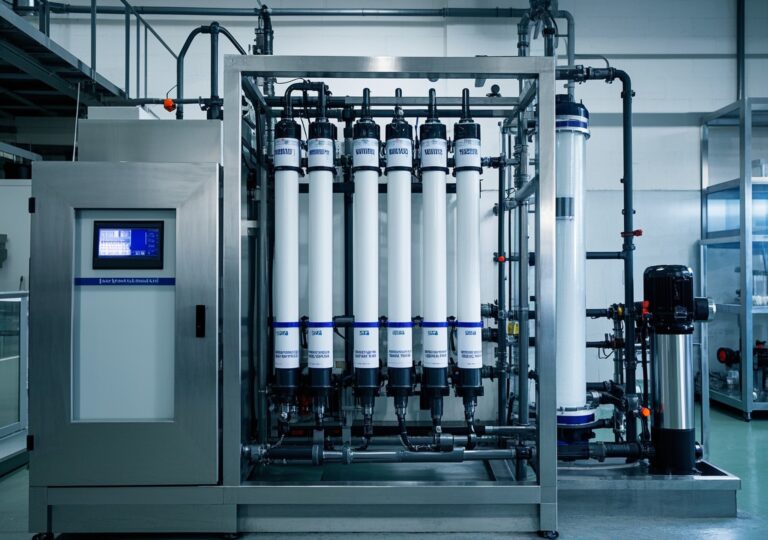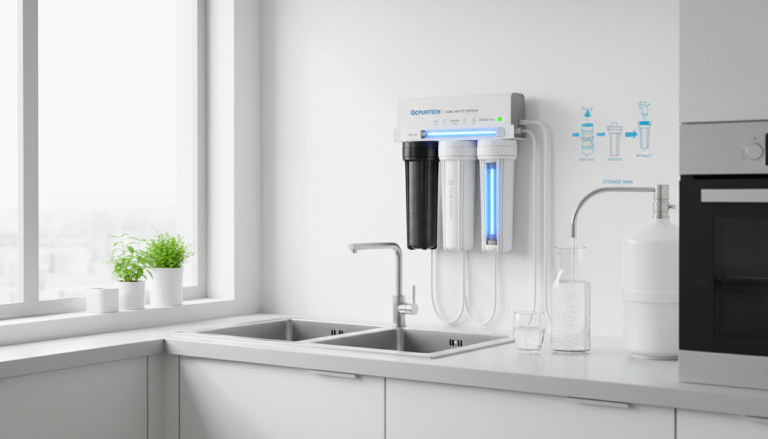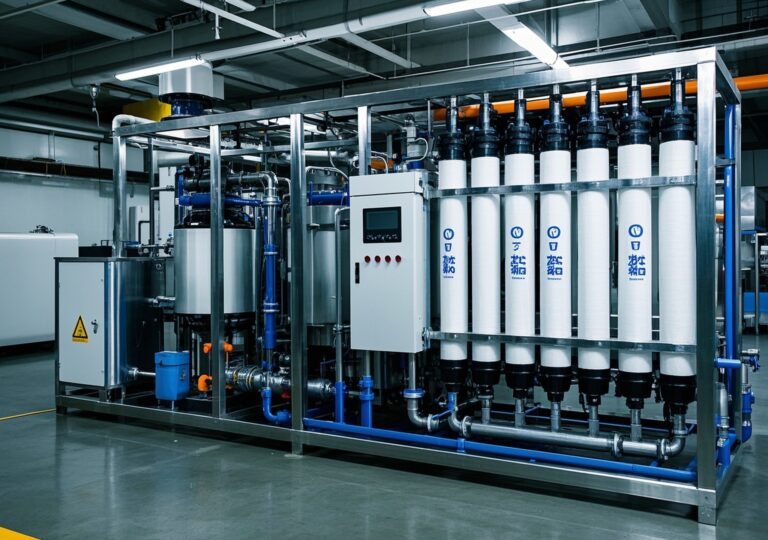Exciting Breakthrough: what is ro system of water treatment for Smart Decisions

Exciting Breakthrough: What Is RO System of Water Treatment for Smart Decisions
1. Introduction
Water is fundamental to life, yet global challenges such as contamination and scarcity make access to clean drinking water an increasing concern. Among modern water purification technologies, reverse osmosis (RO) systems stand out as a highly effective method to ensure water safety and purity. With growing consumer awareness and stricter regulations worldwide, RO water treatment systems have become indispensable.
Companies specializing in advanced water treatment leverage cutting-edge RO technology backed by rigorous research and compliance with international standards to deliver reliable, sustainable solutions globally.
2. Application Background and Market Demand Analysis
Many regions face complex water quality issues—ranging from high levels of dissolved solids, microbial pathogens, heavy metals, to chemical contaminants such as volatile organic compounds (VOCs) and emerging pollutants like PFAS. These contaminants pose serious health risks, fueling consumer demand for assuredly safe drinking water.
Moreover, environmental sustainability is increasingly influencing purchasing decisions. Consumers and institutions alike prioritize solutions that not only deliver purity but also minimize water wastage and energy consumption. This dual demand drives the rapid adoption of efficient and eco-friendly water treatment technologies like RO systems.
3. Technical Principles Explained
The core mechanism of a reverse osmosis water treatment system lies in the use of a semi-permeable membrane. Under applied pressure, water molecules are forced through this membrane, which blocks contaminants at the molecular level. This physical barrier effectively removes total dissolved solids (TDS), salts, chlorine, organic compounds, suspended particles, and even harmful microorganisms such as Shigella, E. coli, Vibrio cholerae, and Salmonella.
Typically, an RO system integrates multiple filtration stages: pre-filters to remove larger particles and chlorine, the RO membrane for molecular-level filtration, and post-filters to enhance water taste and quality. This multi-barrier approach ensures comprehensive purification.
Key Components and Roles:
- Pre-filters: Remove sediments and chlorine that may damage membranes.
- RO Membrane: Core filtration element separating water molecules from contaminants.
- Post-filters: Final polish to improve taste and remove remaining odors.
- Storage Tank & Pumps: Maintain consistent flow and supply pressure.
This technology adheres to rigorous criteria such as the NSF/ANSI 58 standard, which sets minimum requirements for material safety, structural integrity, and performance in reducing TDS and other pollutants (based on research from NSF International and ANSI).
4. Company and Product Overview
Leading water treatment enterprises have expanded from local operations into global markets, driven by innovation and commitment to water safety. They invest heavily in research and development to tailor RO systems to diverse water qualities and user needs worldwide.
Product designs increasingly emphasize modularity and scalability, enabling customization according to specific regional water challenges—such as high salinity in coastal areas or microbial contamination in rural localities. Integration with smart controls and IoT connectivity further boosts operational efficiency and user convenience.
5. Product Features and Advantages
| Feature | Description | Benefit |
|---|---|---|
| High Rejection Rate Membranes | Filters up to 99% of dissolved solids, bacteria, viruses, and organic contaminants. | Provides consistently safe and pure drinking water. |
| WaterSense-Approved Efficiency | Reduces wastewater by optimizing pressure and flow, adhering to EPA’s WaterSense guidelines. | Lower water consumption leads to environmental and cost savings. |
| Smart Monitoring & Alerts | Real-time quality tracking and maintenance reminders via app interface. | Ensures system longevity and uninterrupted water supply. |
| Sustainable Materials and Design | Use of recyclable components and energy-efficient pumps. | Minimizes environmental footprint. |
The health benefits are profound, especially in reducing exposure to contaminants linked to chronic illnesses. Economically, users save on bottled water and medical costs related to water-borne diseases.
6. Multi-Industry Application Cases
Restaurant Sector
In a medium-sized urban restaurant, installing an RO system improved water taste and quality, directly enhancing food and beverage offerings. Staff reported a 40% reduction in operational disruptions caused by appliance scaling, leading to lower maintenance costs.
Manufacturing Industry
A manufacturing plant in a region with hard water implemented an RO system to feed ultrapure water into their cooling towers and process lines. This significantly reduced mineral buildup, extending equipment life by over 30% and improving product quality consistency.
Healthcare Facilities
Hospitals deploying point-of-use RO units protect vulnerable patients by removing pathogens from tap water. A regional clinic noted a drop in waterborne infections by 25% after implementing a comprehensive RO water treatment strategy.
7. Installation and Maintenance Guidance
Professional installation is critical to ensure correct pressure settings and leak-proof connections. The process typically involves:
- Site assessment for water quality and flow requirements.
- System configuration and membrane loading.
- Integration of pre- and post-filters with storage tanks.
- Initial system flushing and quality testing.
Maintenance includes regular filter replacements (every 6–12 months), membrane cleaning, and periodic water quality monitoring. Many providers offer subscription-based replacement plans and remote diagnostics to facilitate upkeep.
8. Competitive Comparison and After-Sales Assurance
| Technology | Typical Contaminant Removal | Water Efficiency | Certification |
|---|---|---|---|
| Reverse Osmosis | 99%+ TDS, bacteria, viruses, heavy metals, VOCs | Moderate to High (EPA WaterSense rated) | NSF/ANSI 58, EPA WaterSense |
| Activated Carbon Filtration | Chlorine, taste, odor, some organics | High | NSF/ANSI 42 |
| Ultrafiltration | Bacteria, large particles | High | NSF/ANSI 53 |
RO systems generally offer superior contaminant removal breadth. Warranty periods typically range from 1 to 3 years, with comprehensive support including installation, troubleshooting, and parts replacement, providing users confidence and convenience.
9. User Feedback and Success Stories
Customers consistently praise RO systems for their reliability and water quality improvement. A homeowner in a metropolitan area shared that after RO installation, family members experienced fewer gastrointestinal issues, affirming the system’s health impact.
Commercial users report enhanced operational efficiency and reduced maintenance costs, attributing significant ROI to RO system implementation.
10. Conclusion and Call to Action
Adopting a reverse osmosis water treatment system is a transformative step towards securing safe drinking water, protecting health, and promoting sustainable water use. Its proven technology backed by authoritative standards and practical success across industries underscores its value.
For individuals and businesses aiming to make smart, future-proof water safety decisions, investing in quality RO technology is a prudent choice. Explore certified RO solutions that match your needs to unlock the benefits of purified water today.
References to Authoritative Data Sources:
- NSF International & ANSI: NSF/ANSI 58 – Reverse Osmosis Drinking Water Treatment Systems (Latest 2024)
- US Environmental Protection Agency (EPA): WaterSense Specification for Point-of-Use Reverse Osmosis Systems (2024)
- European Committee for Standardization (CEN): Standards for Water Quality and Treatment




